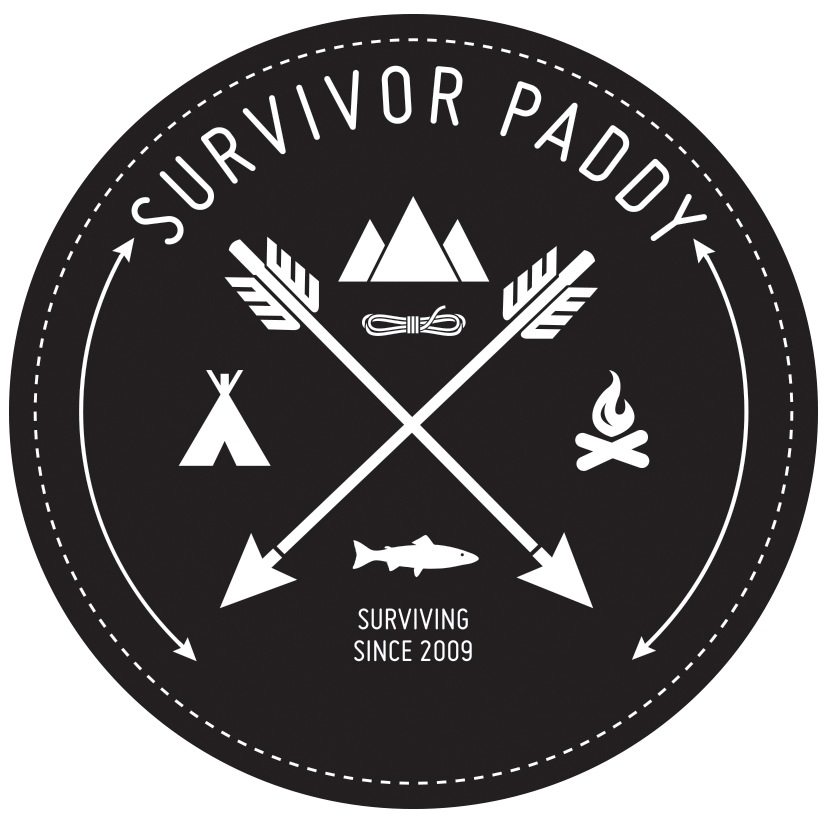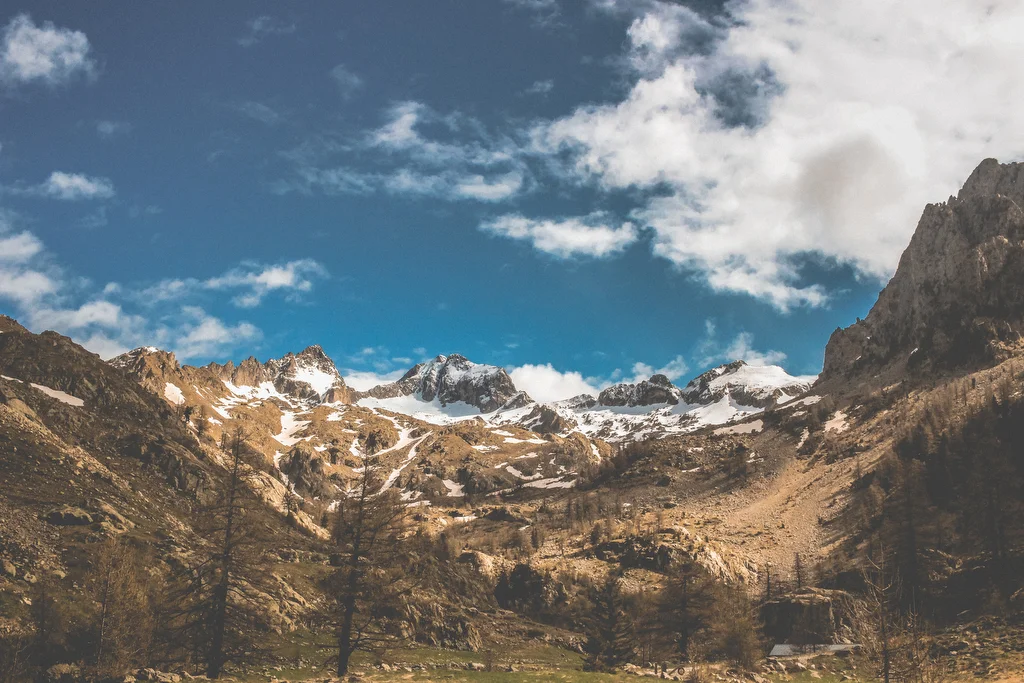In the last ten years GPS has become affordable.. Almost without notice advanced GPS has appeared on our phones and in other devices. This is terrific and probably has saved a lot of lives. Mountain rescue services also use it for rescues. However GPS devices in the mountains makes me think of this:
https://www.scientificamerican.com/article/fact-or-fiction-nasa-spen/
This was a myth, but it’s a good question, what’s better in Space a pen or a pencil? ie. what can fail when you really need it and what is foolproof ? So here are some pointers with GPS :
GPS should be used as a backup, not primary navigation.
GPS maps on your phone may require data, so the app may not load without phone signal.
Make sure you have an “Airplane mode” map system that can use geo-location.
Make sure device charged fully.
Be aware of max time of battery operation.
Bring spare batteries if appropriate.
Make sure actual maps are on the device, or trail or .gpx etc.
Being familiar with device, can help rather that learning in a storm or crisis.
Buy GPS that uses GLONASS (Russian) with the American satellites - quicker in function.
Problems - batteries die, can break, drop in stream, fall out of pocket.
Compass (and Map), is the primary source of information for route navigation. If looked after, a compass and map combined with skills, will not fail you. It’s a good idea to pack a spare too. Weight implication is negligible. It forces you to analyse your surroundings and projected route and become more aware. Using a GPS can make you a little lazy in terms of picking up on possible problems. Youtube and books are good reference for usage but I would recommend a course as it is the kind of skill that is practical so by being shown and then doing, it sinks in. Night navigation and white-out navigation are critical, and being able to handle it can make you more comfortable and confident on the mountain. Remember you may in some situations need to be responsible for less experienced people or people with less mobility too. A compass can require that you know where you are, at least approximately but there are techniques to pin point your position using features that are visible also. A compass helps you to fully engage with your surroundings. In the event of a serious situation, requiring mountain rescue - it is a good skill to be able to quickly give a grid reference, and to be aware of where you are, even if it’s to double check against GPS.
Some tips :
Interactions between watches, mobile phones, any metal in the vicinity of the compass can put it off, so be aware of what’s in your pockets. Silva compass 4 is generally considered a superb compass, Sunnto also make good ones. Try and pay more than 15 euro, as sometimes the quality of the cheaper ones can be a bit hit or miss. Tie the compass to a pocket with string and a carabiner, so its not lost out of a pocket and keep it accessible with your map. Finally remember that on physical maps and GPS maps there can be errors and omissions. For example, you might encounter a stream that is not represented on a map for instance, and interpret it as a destination before the actual stream.
Written By Alan Eddie















